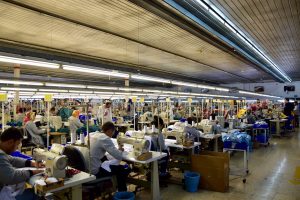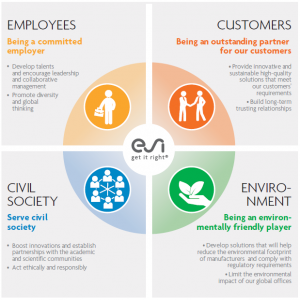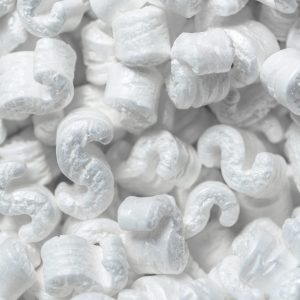Ethan Kohrt
Among my generation there seems to be a strange sort of hopeless apathy about big issues. For many of us, we think our votes don’t make a difference, large corporations are too powerful to challenge, and the planet is racing swiftly and surely towards climate-induced Armageddon; surely there’s nothing that we can do as individuals to change things. Where did this sense of powerlessness come from? I’m not sure. But I think the best way to combat it is by spreading a message of hope. On the issue of climate change, this means reminding people that these problems have solutions, and that they are within the grasp of each one of us.
Some of this despair about climate change might come from the way the issue is most often framed: the typical persuasive piece I read recounts the myriad ways the global ecosystem is collapsing, then describes the cataclysmic future that awaits us if the trend continues, and closes with a plea for the reader to do… something. But despite being factually true and sensibly distraught, I see a big problem with this kind of argument. By focusing on the staggering scale of climate change and existential hopelessness of the current situation, it’s all too easy to frighten people into complacency. The problem just seems too big, and the solutions too far out of reach. I think that this theme has become so common in the media that instead of provoking action, ordinary people have started to become numb to it: thus the hopelessness. Something has got to change.
I believe that when we communicate about climate change, we have a responsibility to offer solutions that the audience could and would take part in themselves. A good way to do this is to use a method similar to “Graduated Exposure” in psychotherapy, whereby anxious people can overcome their fears and uncertainties. First break the issue into smaller parts; and then break the parts into a series of manageable steps, such that the first step has the lowest threshold, and the next is accessible from the first, and so on. For example, food production accounts for a decent portion of global emissions, and to lower emissions on this front everybody should ideally switch to a more sustainable vegetarian or vegan diet. Realistically, though, few people are willing or able to make such a drastic lifestyle change. So the problem needs to be simplified further; step one is to start by limiting the foods with the highest impact, beef and lamb. Perhaps limit consumption to once per week. Then, after some time eliminate them entirely, and set your sights on pork.
The point is, the idea of making a big and sudden lifestyle change can be pretty intimidating when viewed as a first step, but if you offer gradual steps leading up to it, people will find it much more appealing to begin the transition. This applies to every other aspect of the climate change issue; if you communicate in this way, people will think of it not as an unfathomable and insurmountable hurdle, but as a process in which they can directly make an impact. This little change in perspective might be the beginning of hope.
Carbon Footprint of Common Foods
https://www.bbc.com/news/science-environment-46459714
Graduated Exposure:












